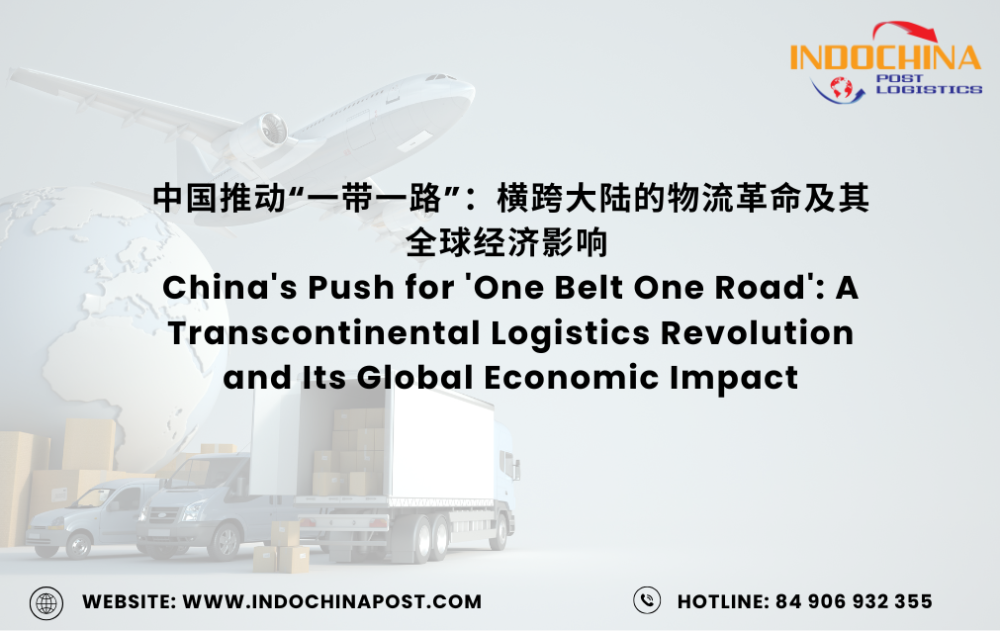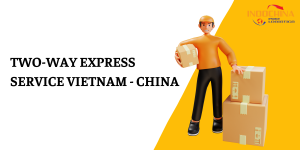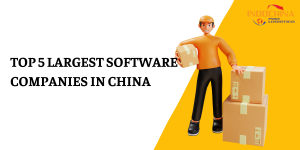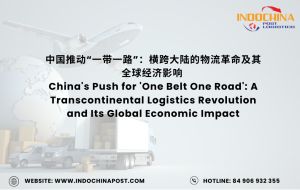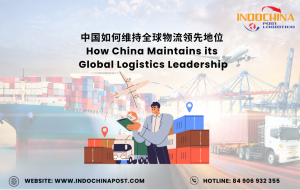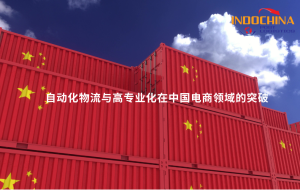Contents
中国推动“一带一路”:横跨大陆的物流革命及其全球经济影响 – China’s Push for ‘One Belt One Road’: A Transcontinental Logistics Revolution and Its Global Economic Impact
在全球化和经济竞争日益加剧的背景下,中国正在实施一项雄心勃勃的战略,以巩固其超级大国经济地位:“一带一路”(Belt and Road Initiative,BRI)。本文将深入探讨BRI框架下的横跨大陆物流战略,分析其全球经济影响,并提供该项目的关键方面的全面概述
In the context of increasing globalization and economic competition, China has been implementing an ambitious strategy to assert its superpower economic status: the “One Belt One Road” (Belt and Road Initiative, BRI). This article delves into the transcontinental logistics strategy within the BRI framework, analyzes its global economic impact, and provides a comprehensive overview of the project’s key aspects.
一带一路(BRI)- 意义和目标 – One Belt One Road (BRI) – Significance and Objectives Inception
- 启动时间:2013年
- 核心目标:
- 增强经济合作:促进中国与参与国之间的经济伙伴关系。
- 促进贸易:促进国际贸易,减少壁垒,增强商品流通。
- 提升地位:确认中国作为全球经济超级大国的地位,增加经济和政治影响力
Launched in 2013, BRI is a massive infrastructure development plan connecting China with Asian, European, and African nations through a complex network of roads, railways, sea routes, and airways.
横跨大陆物流战略 – Core Objectives: Enhance Economic Cooperation:
Foster deeper economic partnerships between China and participating nations.
促进贸易 – Boost Trade:
促进国际贸易便利化,减少壁垒,增强货物流通。
Facilitate international trade, minimize barriers, and enhance goods circulation.
提升地位 – Elevate Status:
巩固中国作为全球经济超级大国的地位,提升经济和政治影响力。
Affirm China’s position as a global economic superpower, increasing economic and political influence.
中国推动“一带一路”:横跨大陆的物流革命及其全球经济影响 – 洲际物流战略 – Transcontinental Logistics Strategy
洲际铁路重点项目 – Intercontinental Railways Key Project:
建设连接中国和欧洲的铁路网络,与传统海运相比,运输时间显著缩短。
Develop a railway network connecting China to Europe, significantly reducing transportation time compared to traditional sea routes.
具体示例:武汉(中国)-汉堡(德国)铁路 – Specific Example: Wuhan (China) – Hamburg (Germany) Railway:
仅需约 20 天,而海运则需 30-40 天。
Only takes approximately 20 days, compared to 30-40 days by sea.
影响 – Impact:
大幅提高运输效率,降低成本,增强企业竞争力。
Substantially improves transportation efficiency, reduces costs, and enhances business competitiveness.
横跨大陆的物流革命及其全球经济影响 – 战略海港 – Strategic Seaports
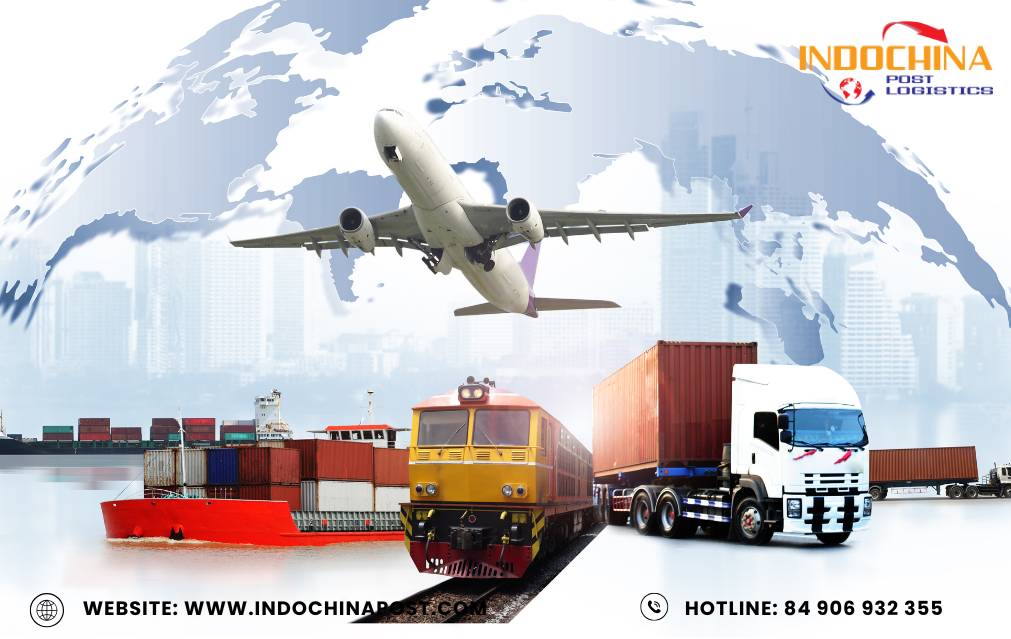
战略投资:
范围:中国在海上丝绸之路沿线港口建设和升级改造的投资涵盖:
主要地区:
东南亚:新加坡、马来西亚(例如:丹戎帕拉帕斯港)、印度尼西亚(例如:雅加达港)
南亚:印度(例如:孟买港)、斯里兰卡(例如:科伦坡港)
东非:肯尼亚(例如:蒙巴萨港)、坦桑尼亚(例如:达累斯萨拉姆港)
欧洲:希腊(例如:比雷埃夫斯港)、意大利(例如:的里雅斯特港)
战略投资 – Strategic Investment:
- 范围:中国在海上丝绸之路沿线港口建设和升级改造的投资涵盖:
- 主要地区:
-
Scope: China’s investment in building and upgrading seaports along the Maritime Silk Road spans across:
-
Key Locations:
Southeast Asia: Singapore, Malaysia (e.g., Port of Tanjung Pelepas), Indonesia (e.g., Port of Jakarta)
South Asia: India (e.g., Port of Mumbai), Sri Lanka (e.g., Port of Colombo)
Eastern Africa: Kenya (e.g., Port of Mombasa), Tanzania (e.g., Port of Dar es Salaam)
Europe: Greece (e.g., Port of Piraeus), Italy (e.g., Port of Trieste)
投资数据 – Investment Figures:
- 预计总投资:超过2000亿美元(截至2025年)
- 细分:
-
Estimated Total Investment: Over $200 billion (as of 2025)
-
Breakdown:
Infrastructure Development: 60% (~ $120 billion)
Upgrades and Modernization: 30% (~ $60 billion)
Operational and Management Investments: 10% (~ $20 billion)
全球市场准入 – Global Market Access:
- 优势:
- 缩短运输时间:亚欧之间的运输时间平均缩短 30%
-
Benefits:
-
Reduced Transit Times: Average reduction of 30% in shipping times between Asia and Europe
Increased Capacity: Enhanced cargo handling capabilities, with some ports seeing a 50% increase in container throughput
Improved Efficiency: Streamlined customs and logistics processes, reducing costs by up to 25%
航空和公路网络 – Air and Road Networks
扩建与现代化 – Expansion and Modernization:
- 航空网络:
新航线:超过500条新的国际航班连接中国与“一带一路”沿线国家(截至2025年)
机场升级:在“一带一路”沿线主要枢纽对15个主要机场进行翻新和扩建
机队投资:引进200多架新飞机以满足日益增长的需求 - 公路网络:
高速公路建设:在“一带一路”沿线国家新建高速公路超过10,000公里
口岸升级:20个主要口岸进行现代化升级,以提高过境效率
物流枢纽:在战略要地建立5个新的物流中心 -
Air Network:
New Routes: Over 500 new international flights connecting China with BRI countries (as of 2025)
Airport Upgrades: 15 major airport renovations and expansions in key BRI hubs
Investment in Fleet: Introduction of over 200 new aircraft to support increased demand
- Road Network:
High-Speed Highway Construction: Over 10,000 km of new high-speed roads built across BRI countries
Upgraded Border Crossings: 20 major border crossings modernized for efficient transit
Logistics Hubs: Establishment of 5 new logistics centers in strategic locations
影响 – Impact:
- 竞争力:
降低运输成本:陆运和空运成本平均下降20%
增加贸易额:中国与“一带一路”沿线国家贸易额增长15%(2020-2025年) - 服务改进:
缩短配送时间:空运和公路运输配送时间平均缩短40%
提升客户体验:实施实时追踪,提升跨网络客户服务
Competitiveness:
Reduced Transportation Costs: Average decrease of 20% in land and air transportation costs
Increased Trade Volume: 15% increase in trade volume between China and BRI countries (2020-2025)
- Service Improvement:
Faster Delivery Times: Average reduction of 40% in delivery times for air and road shipments
Enhanced Customer Experience: Implementation of real-time tracking and improved customer service across networks
全球经济影响 – Global Economic Impact
促进国际贸易 – Boost to International Trade
- 刺激贸易活动:
- 全球经济增长:
-
Stimulating Trade Activities:
Trade Volume Increase: 25% increase in trade between China and BRI countries from 2019 to 2025
Diversified Trade: Expansion of traded goods and services, with a notable increase in technology and services sectors
- Global Economic Growth:
Contribution to Global GDP: Estimated 2% contribution to global GDP growth from 2020 to 2025
Job Creation: Over 1 million new jobs created across BRI countries in logistics, manufacturing, and services
横跨大陆的物流革命及其全球经济影响 – 基础设施提升 – Infrastructure Enhancement
- 多方面效益:
- 现代化:
-
Multifaceted Benefits:
Economic Growth: Average annual GDP growth rate increase of 1.5% in participating countries
Poverty Reduction: Estimated 5% reduction in poverty rates in BRI countries due to increased economic opportunities
Improved Living Standards: Enhanced access to basic services (e.g., electricity, water, healthcare) for over 50 million people
- Modernization:
Technology Integration: Implementation of smart logistics and transportation management systems across 80% of BRI’s infrastructure projects
Sustainability Focus: Incorporation of green technologies and sustainable practices in over 60% of new infrastructure developments
挑战与风险 – Challenges and Risks
- 债务隐患:
债务累积:预计2020年至2025年,参与国平均债务将增长15%
债务困境风险:3个“一带一路”沿线国家面临高债务困境风险(截至2025年) - 环境影响:
碳足迹增加:预计运输和建筑活动增加将导致碳排放量增加10%
环境恶化:据报道,“一带一路”沿线5个项目地点存在栖息地破坏和水污染问题 - 地缘政治风险:
领土争端:两个“一带一路”沿线关键地区持续紧张局势,可能影响项目稳定性
监管挑战:不同“一带一路”沿线国家的监管框架存在差异,对项目实施构成挑战 - Debt Concerns:
Debt Accumulation: Estimated average debt increase of 15% in participating countries from 2020 to 2025
Risk of Debt Distress: 3 BRI countries at high risk of debt distress (as of 2025)
- Environmental Impact:
Carbon Footprint Increase: Estimated 10% increase in carbon emissions from increased transportation and construction activities
Environmental Degradation: Reports of habitat destruction and water pollution in 5 BRI project locations
- Geopolitical Risks:
Territorial Disputes: Ongoing tensions in 2 key BRI regions, potentially impacting project stability
Regulatory Challenges: Differences in regulatory frameworks across BRI countries, posing challenges for project implementation
横跨大陆的物流革命及其全球经济影响 – 结论 – Conclusion
中国的“一带一路”倡议不仅仅是一个跨洲物流战略,它象征着中国在全球经济和地缘政治领域的雄心壮志。随着“一带一路”倡议的不断拓展和发展,世界将密切关注其经济、政治和社会影响。为了营造一个合作共赢、竞争良性的环境,“一带一路”倡议的成功取决于克服挑战、抓住机遇,致力于为所有参与方创造可持续繁荣的未来。
China’s “One Belt One Road” initiative is not just a transcontinental logistics strategy; it symbolizes the country’s global economic and geopolitical ambitions. As BRI continues to expand and evolve, the world will closely monitor its economic, political, and social impacts. To foster a cooperative and competitively healthy environment, BRI’s success hinges on overcoming challenges and leveraging the opportunities it presents, aiming for a sustainably prosperous future for all involved parties.
Xem thêm:
Dịch Vụ Nhập Khẩu Robot Phục Vụ Nhà Hàng Từ Trung Quốc Cùng Tây Ninh Logistics
Nhập Khẩu Máy Lọc Không Khí Từ Trung Quốc Về Việt Nam 2025
Importing restaurant service robots from China to VietNam

